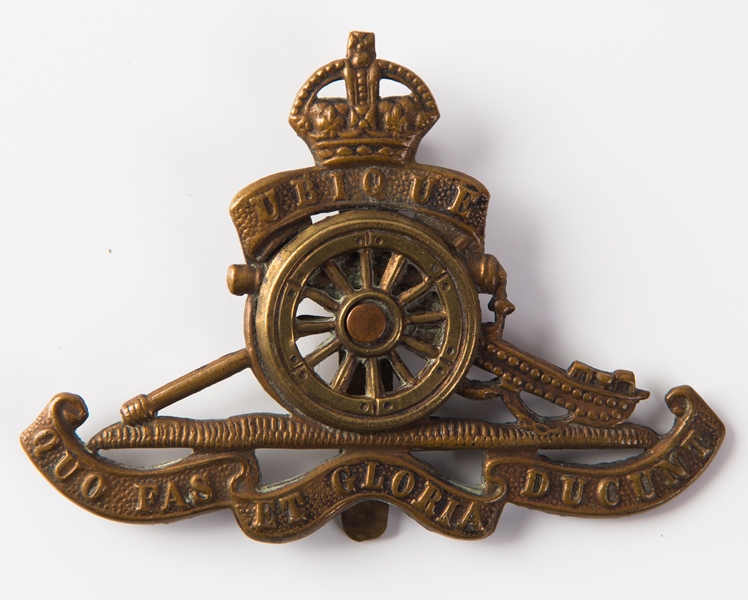Personal Details
Born: 16 June 1887, Whitchurch Shropshire and baptised 3 July at St. Alkmund`s Parish Church.
Family: He was the second of five children born to William Groom, a blacksmith, and his wife Elizabeth. He married Lillian M. Green, Quarter 3 1914 in Stone, Staffordshire. The couple had two children, Annie E. and Ivy M.
Residence: William`s family lived at Barlows Yard, Whitchurch until at least 1891, but ten years later in 1901 their address was 10, Egerton Road. William was still living here in 1911. At the time of his attestation in 1915 he gave his address as Gro View, Llansantffraid, Montgomeryshire. He continued to live here until his death in 1954
Employment: He was a plumber.
Died: 7 April 1954, Oswestry Registration District, Shropshire, aged 66
Military Details
Regiment: Royal Garrison Artillery
Rank: Gunner
Service Number: 155907
Date of Enlistment: 9 December 1915
Date of Discharge: 12 August 1919
Reason for Discharge: No longer physically fit (Enlistment in regular army)
Other Information: His brother Horace James also served in WW1 as a cook in the Royal Navy.
William was awarded the Campaign Medals (British War Medal, and Victory Medal) and the Silver War Badge.

The British War Medal (also known as 'Squeak') was a silver or bronze medal awarded to officers and men of the British and Imperial Forces who either entered a theatre of war or entered service overseas between 5th August 1914 and 11th November 1918 inclusive. This was later extended to services in Russia, Siberia and some other areas in 1919 and 1920. Approximately 6.5 million British War Medals were issued. Approximately 6.4 million of these were the silver versions of this medal. Around 110,000 of a bronze version were issued mainly to Chinese, Maltese and Indian Labour Corps. The front (obv or obverse) of the medal depicts the head of George V. The recipient's service number, rank, name and unit was impressed on the rim.
The Allied Victory Medal (also known as 'Wilfred') was issued by each of the allies. It was decided that each of the allies should each issue their own bronze victory medal with a similar design, similar equivalent wording and identical ribbon. The British medal was designed by W. McMillan. The front depicts a winged classical figure representing victory. Approximately 5.7 million victory medals were issued. Interestingly, eligibility for this medal was more restrictive and not everyone who received the British War Medal ('Squeak') also received the Victory Medal ('Wilfred'). However, in general, all recipients of 'Wilfred' also received 'Squeak' and all recipients of The 1914 Star or The 1914/1915 Star (also known as 'Pip') also received both 'Squeak' and 'Wilfred'. The recipient's service number, rank, name and unit was impressed on the rim.

The Silver War Badge was issued in the United Kingdom and the British Empire to service personnel who had been honourably discharged due to wounds or sickness from military service in World War I. The badge, sometimes known as the "Discharge Badge", the "Wound Badge" or "Services Rendered Badge", was first issued in September 1916, along with an official certificate of entitlement.

